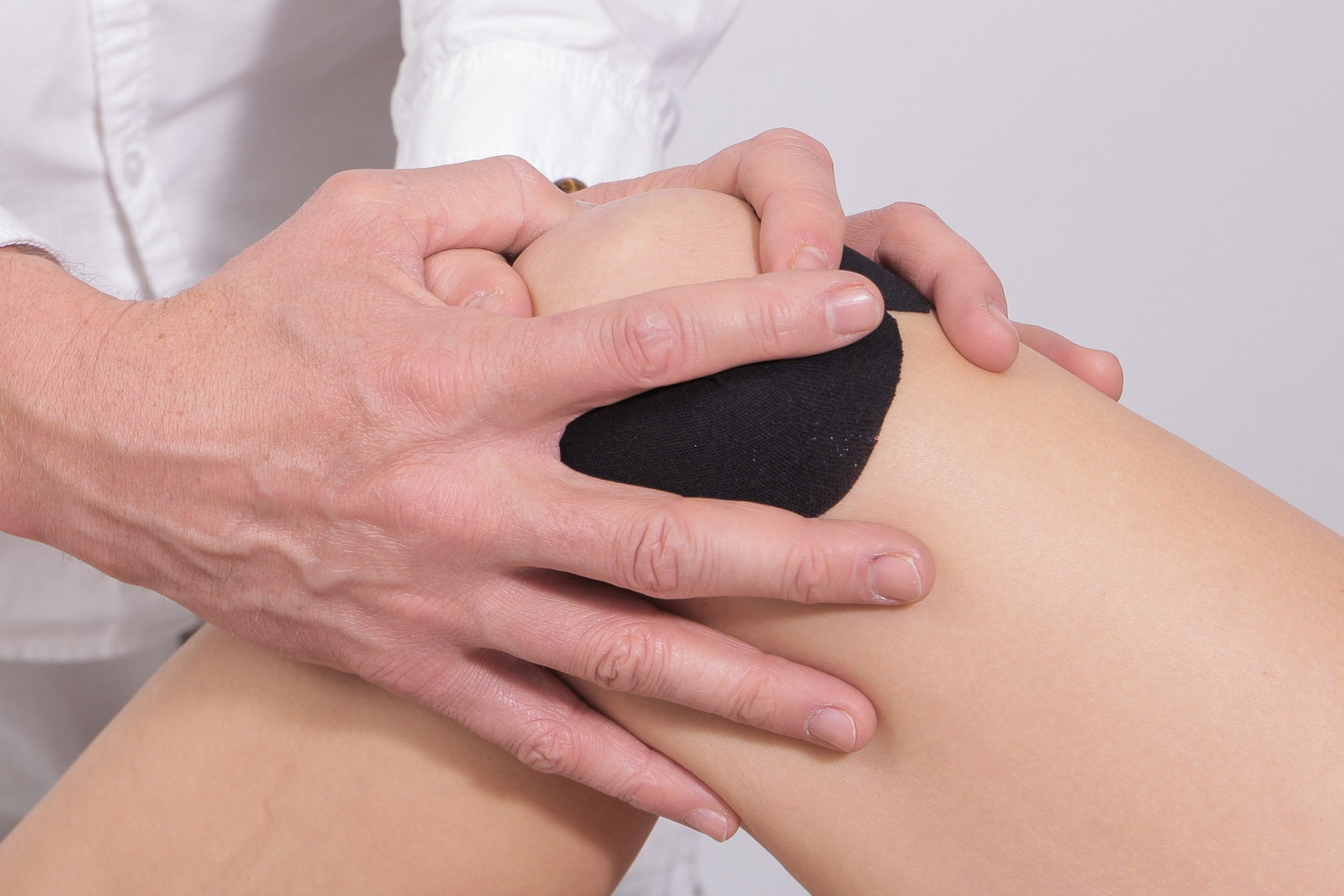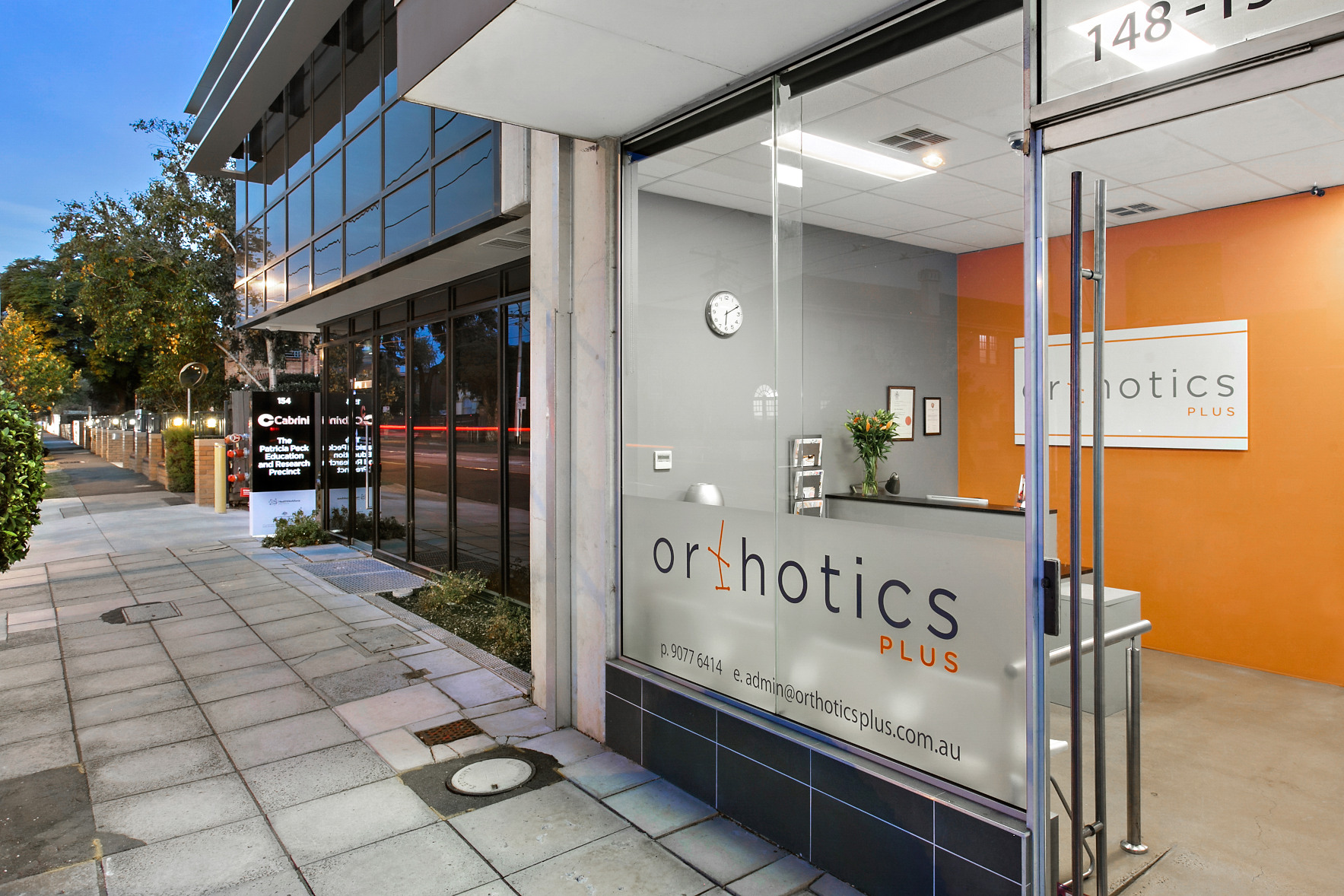Hinged Brace Services
A hinged knee brace (also known as a postoperative brace or range of motion brace), is a specific type of brace primarily used for short to midterm control of knee range of motion.
Please note that many knee braces have hinges, however when a health professional is referring to a ‘hinged knee brace’ or ‘HKB’, they are usually referring to a particular type of brace with long lever arms capable or preventing certain movements.
It serves the purpose of limiting flexion, extension, or immobilising the knee in a specific position. Additionally, this type of brace can offer medial-lateral support to prevent the knee from buckling in or deviating outward. The main objective of this brace is to alleviate stress on healing structures that may have been damaged due to injury or surgical repair.
Consequently, it assists in preventing unwanted range of motion that could potentially affect these healing structures, as recommended by the surgeon or treating physician.
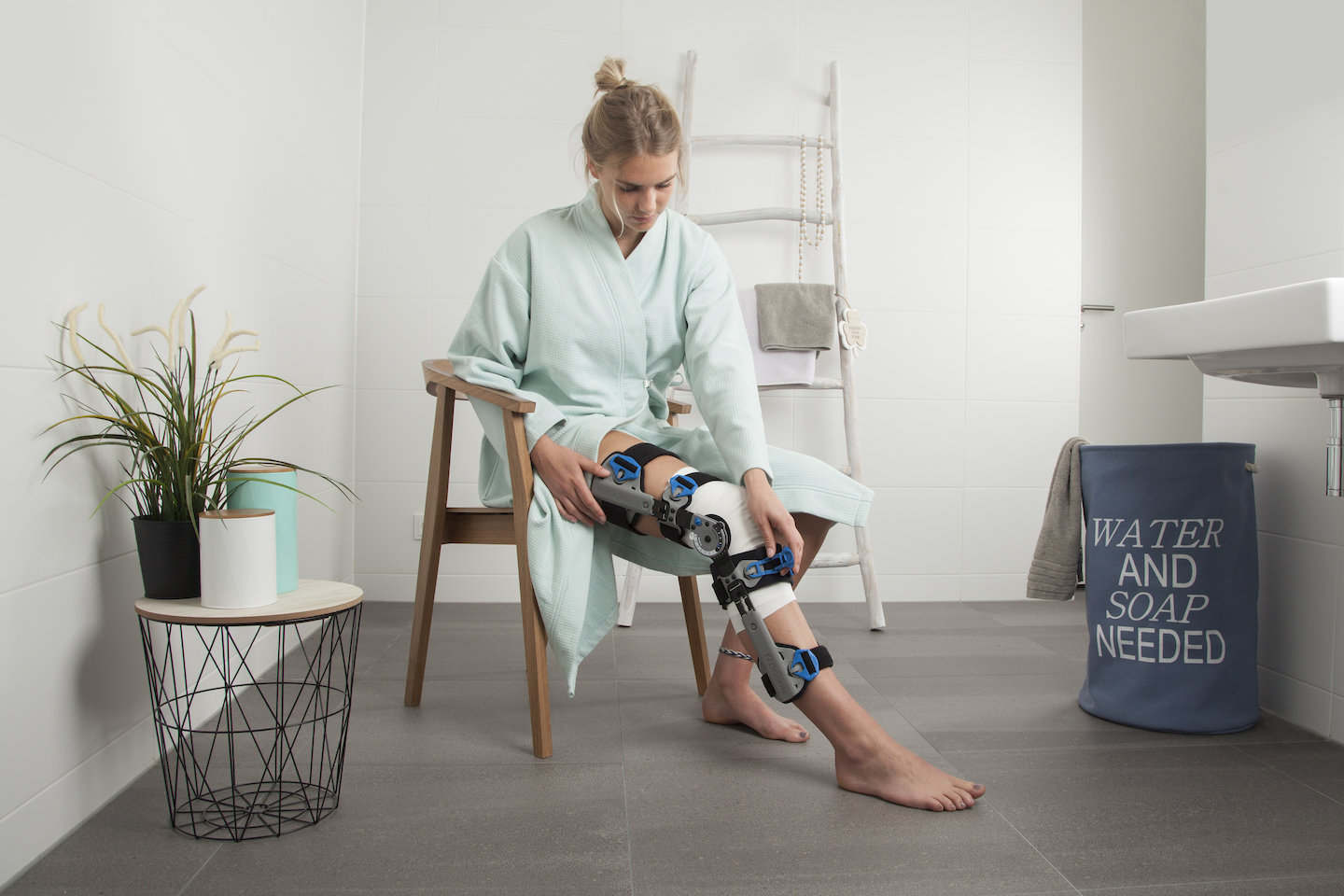
What Types of Conditions Can a Hinged Knee Brace Be Used For?
1. Acute Injury Cases: These involve patients who have experienced sudden injuries such as ACL tears, MCL injuries, quadriceps ruptures, or tibial plateau fractures. In these situations, the goal is to prevent specific ranges of motion and offer support to the injured area during the early stages of recovery.
2. Post-Surgical Use: This category pertains to patients who have undergone surgery, and the surgeon recommends the use of a hinged knee brace during the healing process to safeguard the surgical site. Hinged knee braces are typically not used for extended periods in these cases; instead, they serve a short to midterm purpose. For long-term bracing needs, a more functional brace is often recommended.
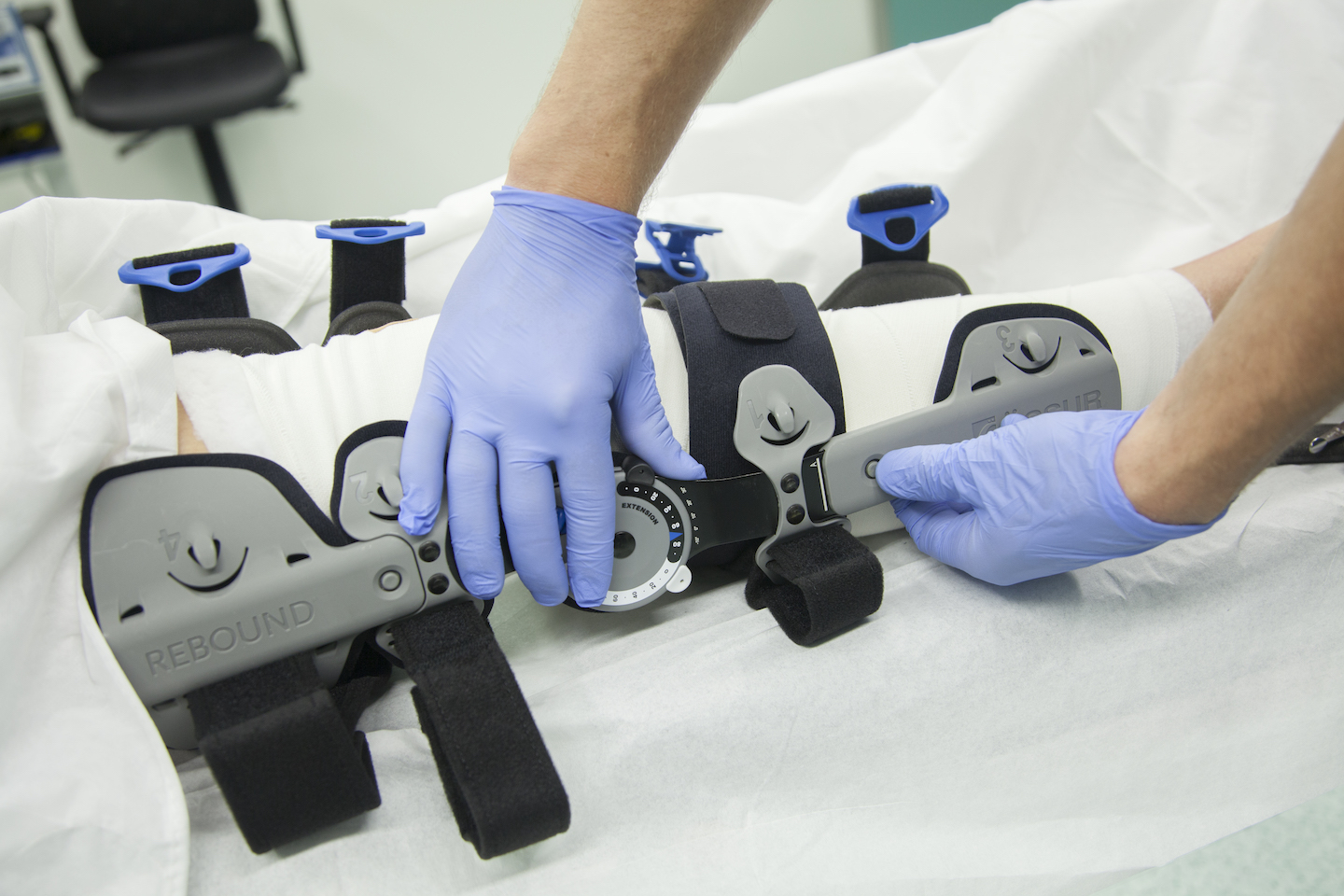
How Do I Get a Hinged Knee Brace?

Appointment
You have the option to visit the clinic either with or without a referral.
While having an appointment through booking in advance ensures quicker service, you can also arrive with a referral and request a fitting for a hinge knee brace on the same day.
In cases of emergencies, we will always do our best to accommodate you. However, the most efficient approach is to obtain a referral from your GP, surgeon, or physiotherapist, and then schedule an appointment to visit the clinic. This process is straightforward and ensures a smoother experience.
Hinged knee braces are provided on the same day as the appointment. The appointment typically takes 30-35 minutes.
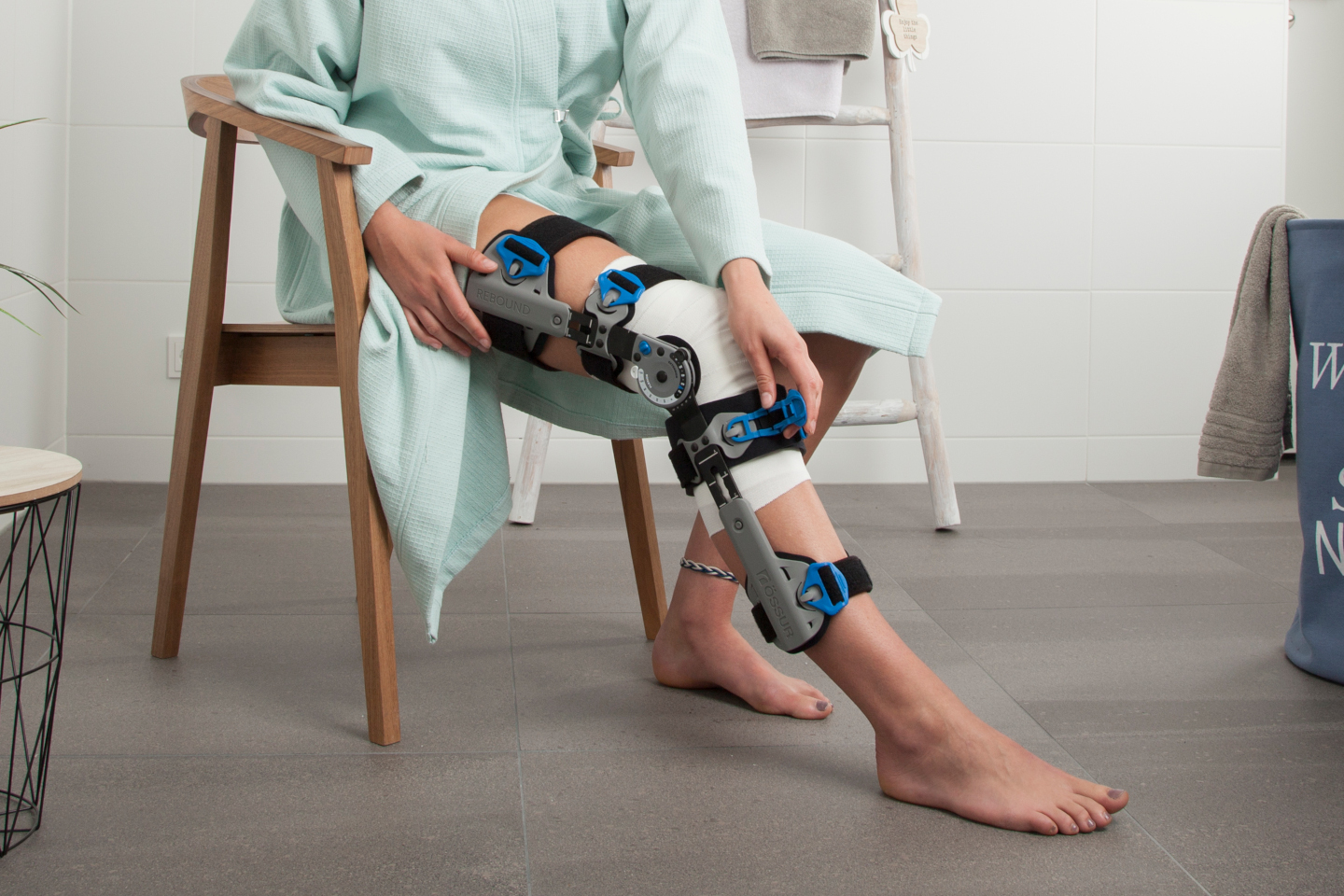
Receiving a High-Quality Brace
The knee braces themselves offer flexibility in fitting, thanks to adjustable straps that can be customised for size.
However, it’s important to note that not all range of motion knee braces are created equal. There are many low-quality options available on the market that may bend, twist, break, or fail to provide the necessary range of motion support.
This can be extremely detrimental to your healing and recovery and may result in further injury.
For this reason, we exclusively use high-quality braces that offer sufficient strength, stability, and the ability to correctly conform to the knee.
Incorrectly sized and fit braces will not be able to hold the correct range of motion and will fall down the leg (migrate) and be uncomfortable and ineffective.
Fitting
Due to the complexity of fitting and the importance of achieving the correct fit, it is highly recommended that a trained professional handle the fitting process, such as the clinicians at Orthotics Plus.
Reviews
Patients are welcome to return for as many reviews as necessary and we do not charge for review appointments within 3 months of fitting for minor adjustments.
It’s quite common, especially when dealing with an injury and leg immobilisation – for your leg to lose some volume as swelling decreases and muscle mass decreases.
As a result, patients may need to revisit Orthotics Plus every few weeks to have their straps adjusted for a better fit. Ongoing fitting adjustments are a regular part of the process.
How Hinged Knee Braces Work
When you put on a hinged knee brace, it’s important to note that there can be significant variation in how well it fits different individuals.
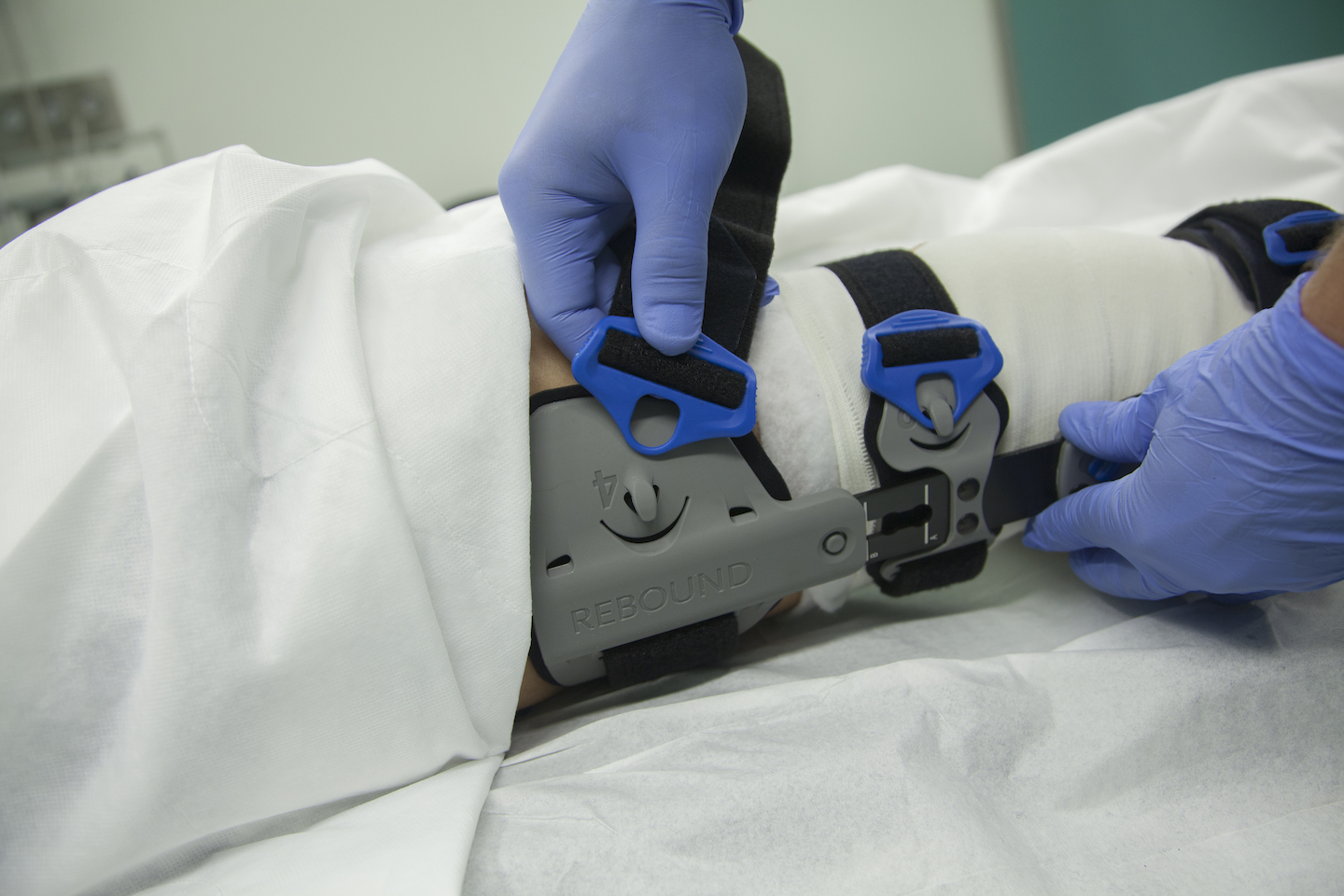
Construction
These braces are typically constructed from the following materials:
Fabric: Used for the straps.
Foam: Provides padding.
Plastic: Forms the shells.
Metal: Creates the uprights that run along the thigh and tibia.
Hinges: Comprise a combination of plastic and metal, designed to withstand significant force, especially for heavier patients.
We use tools to contour the metal uprights to match the unique angles of the knee, as knees are not perfectly straight and often have slight inward or outward curves. Proper contouring is crucial to ensure a snug fit and prevent the brace from slipping down.

Function
The hinge of the knee brace is designed to align with the natural hinge of the knee, ensuring that it tracks in the desired plane of movement. The brace itself is equipped with dials, adjustments and blocks that allow us to fine-tune the flexion and extension limits of the knee.
Additionally, the rigid or semi-rigid uprights, which apply pressure to the knee condyles to prevent the knee from deviating inward or potentially dislocating, depending on the specific structures that may be damaged and the direction in which the knee tends to move.
Getting Started With Orthotics Plus
We have a history of providing expert Orthotic care for those with knee issues.
- We stock many types of high-quality braces
- We work alongside referring surgeons and Allied health professionals
- We are Australian-owned and operated
- We have many clinic locations throughout Melbourne
To get started, view our clinic locations page and contact the location closest to you!

FAQ
The referrer will often provide information specifying the desired range of motion for the knee brace.
For example, they might request a hinge knee brace with two weeks positioning, followed by weeks three to four with a range of 0 to 60 degrees, and potentially unrestricted range of motion thereafter. We take this referral and configure the knee brace to align with the specified range of motion. As the patient returns for follow-up appointments, we make necessary adjustments.
While there are cases where we evaluate the patient and set the range of motion based on their pain and condition, this approach is less common. Typically, the referrer has a specific protocol they adhere to, and we tailor the knee brace accordingly to accommodate that protocol.
